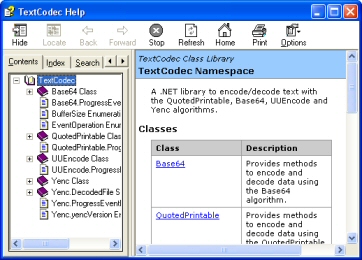
For example, if the value of the eighth bit is not preserved, the program might interpret a byte value above 127 as a flag telling it to perform some function. Many computer programs came to rely on this distinction between seven-bit text and eight-bit binary data, and would not function properly if non-ASCII characters appeared in data that was expected to include only ASCII text.
Binary to text encoding code#
Files that contain machine-executable code and non-textual data typically contain all 256 possible eight-bit byte values. In contrast, most computers store data in memory organized in eight-bit bytes. Systems based on ASCII use seven bits to represent these values digitally. For example, the capital letter A is ASCII character 65, the numeral 2 is ASCII 50, the character } is ASCII 125, and the metacharacter carriage return is ASCII 13.
Binary to text encoding plus#
The ASCII text-encoding standard uses 128 unique values (0–127) to represent the alphabetic, numeric, and punctuation characters commonly used in English, plus a selection of control codes which do not represent printable characters.

PGP documentation ( RFC 4880) uses the term ASCII armor for binary-to-text encoding when referring to Radix-64. These encodings are necessary for transmission of data when the channel does not allow binary data (such as email or NNTP) or is not 8-bit clean.

More precisely, it is an encoding of binary data in a sequence of characters. A binary-to-text encoding is encoding of data in plain text.


 0 kommentar(er)
0 kommentar(er)
